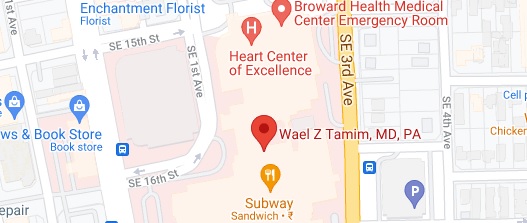
What is Transthoracic Echocardiography?
Transthoracic echocardiography (TTE) is a noninvasive imaging modality that uses high-frequency sound waves (ultrasound), to examine and obtain images of the heart. A small instrument called a transducer is placed on different locations of the chest wall. The transducer sends ultrasound waves to the deeper internal structures and picks up the echo signals. The computer attached to the echo machine converts them into images that are projected on a monitor.
Procedure of Transthoracic Echocardiography
The common steps involved in performing transthoracic echocardiography are as follows:
- The patient lies on their back or in a left lateral position, on the examination table.
- Small electrodes are placed on the arms and legs to record the heart rate during the test.
- A small amount of gel is applied to the chest.
- The transducer is pressed firmly against the chest and moved back and forth slowly.
- The doctor may ask the patient to lie still, breathe very slowly, hold your breath, or to lie in a left lateral position.
- The transducer is moved to different areas over the chest to provide a detailed view of the heart and its structures.
- The transducer transmits the images to the monitor.
Basic instructions
The basic instructions to a patient undergoing a TTE are as follow:
- Patients should take a bath prior to the procedure.
- Do not use any lotions, oils, powder, or perfumes after taking a bath (except deodorant).
- You are not required to fast before the procedure; take a light meal to avoid excess gas in the stomach that may interfere with the images of the heart and its structures.
- Rest well before the test.


